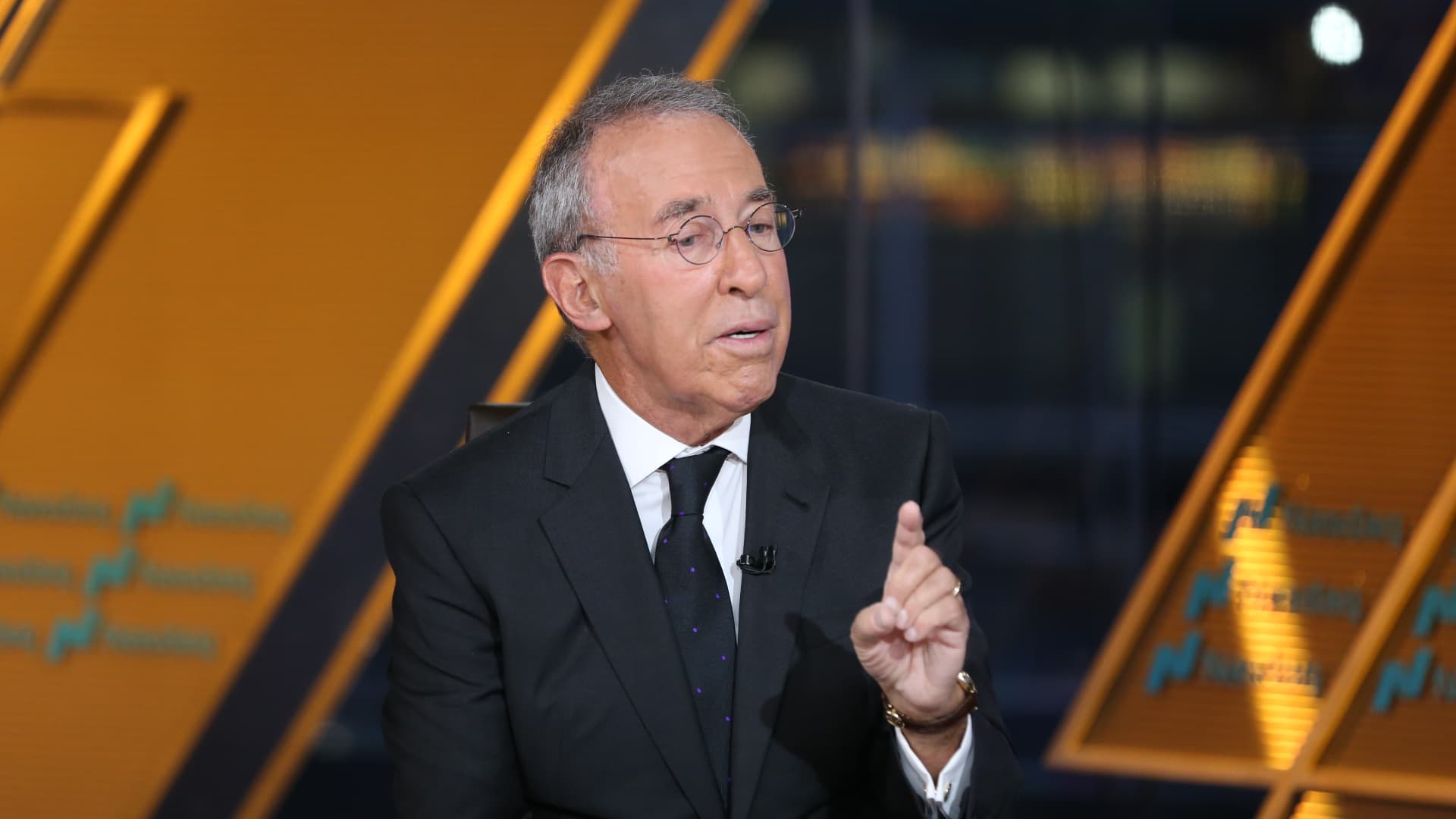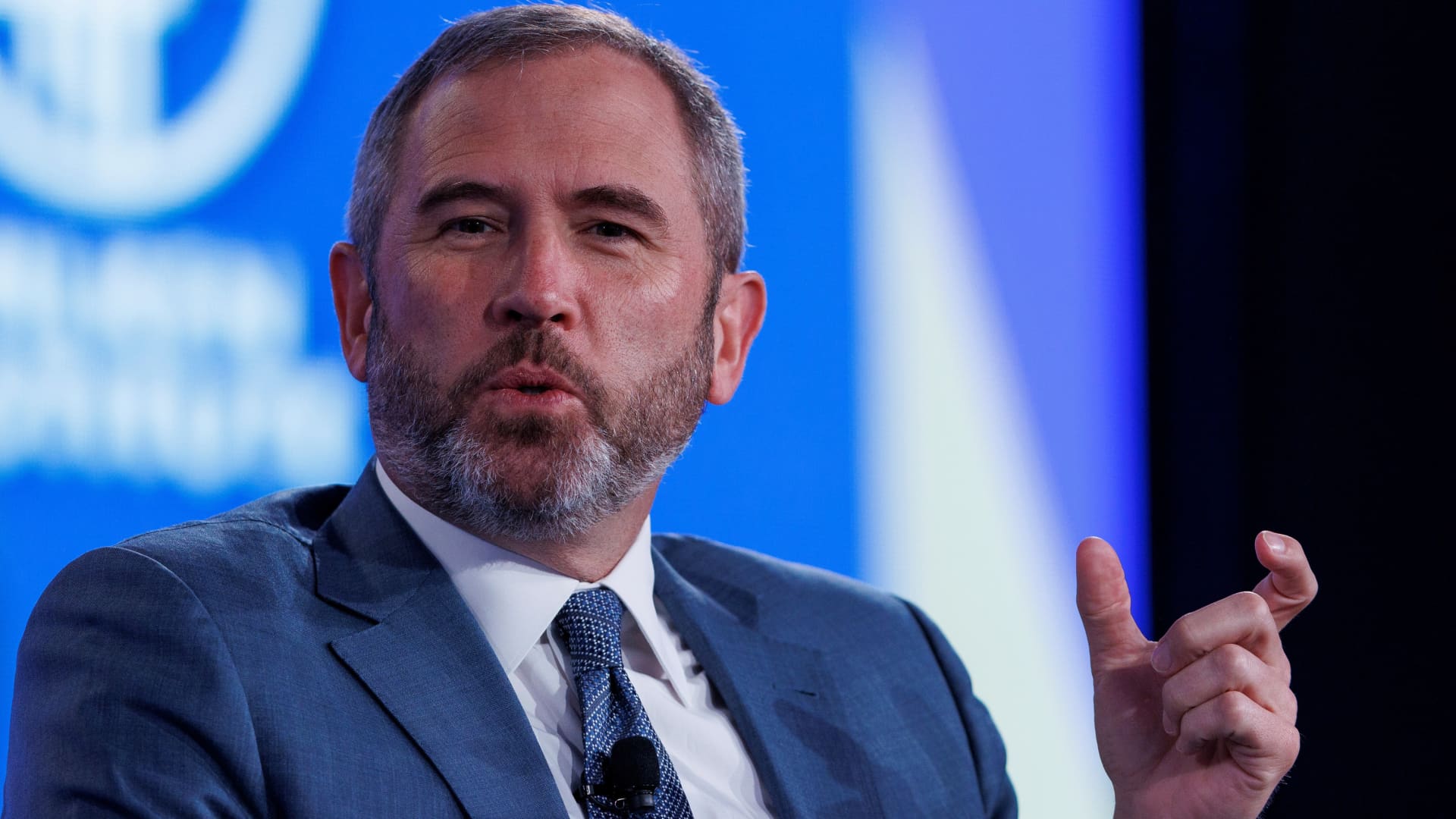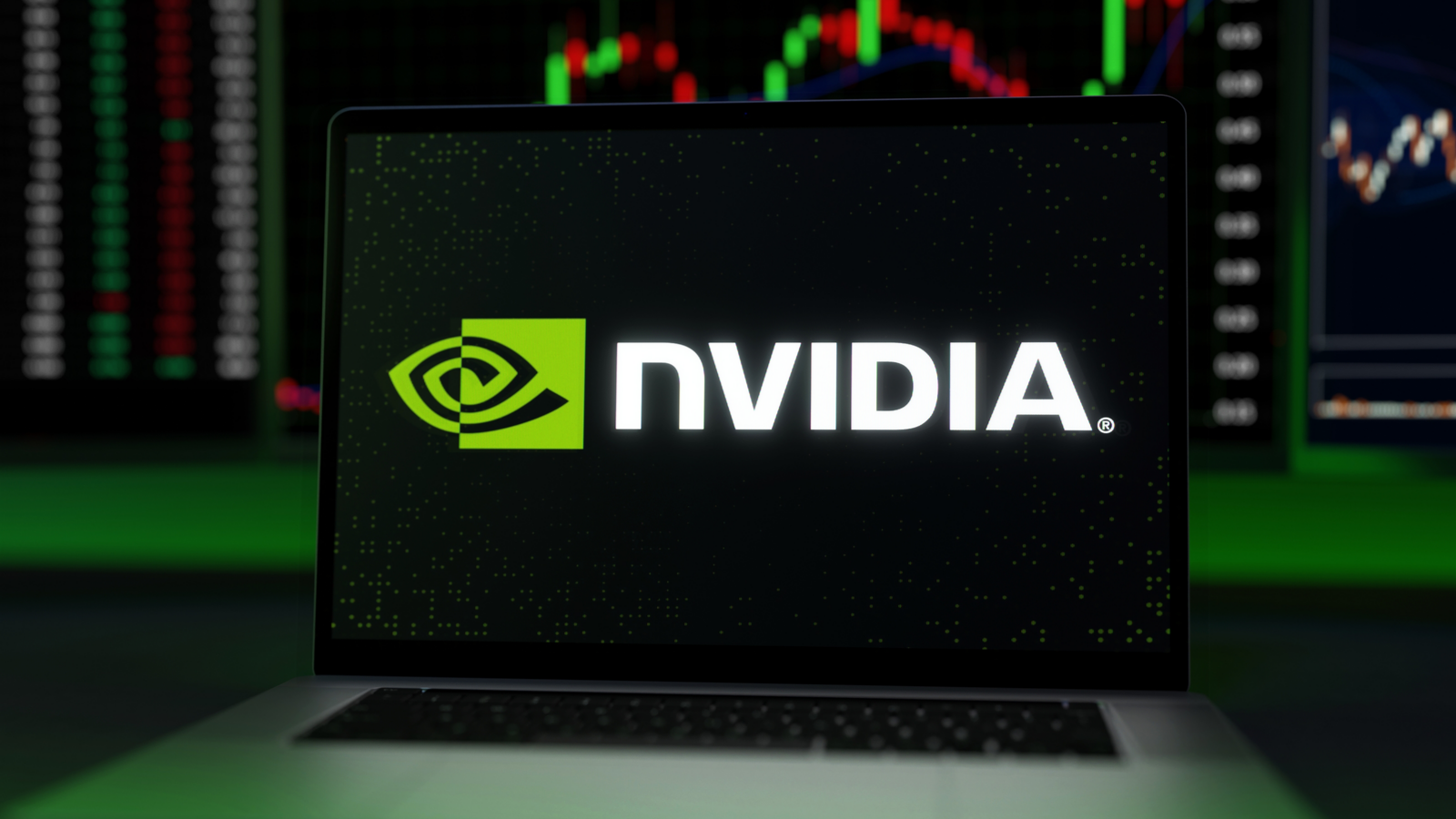This Expert Has Been Building AI Trading Systems for 15 Years. Here’s How He Thinks AI Will Change Investing for You
:max_bytes(150000):strip_icc():format(jpeg)/GettyImages-2194641355-644e19de52844de7a73f3b4c52618299.jpg)
:max_bytes(150000):strip_icc():format(jpeg)/GettyImages-2194641355-644e19de52844de7a73f3b4c52618299.jpg)
Vithun Khamsong/Getty Images
Artificial intelligence (AI) is already changing how everyday investors manage their money—and proponents say it’s just getting started.
Sergey Ryzhavin, the head of B2COPY, a specialized trading technology company with 15 years of experience building AI trading systems, has witnessed this transformation firsthand. “There is a strong and growing trend toward outsourcing market analysis and trade execution on personal accounts,” Ryzhavin says. “Each year, fewer individual investors want to manually press the buy/sell buttons themselves.”
Nevertheless, he says, there are still specific areas where human judgment will remain irreplaceable. Below, we take you through what he expects in the coming years.
Key Takeaways
- AI is transforming investing through robo-advising, sophisticated stock screening tools, and automated trading systems that can detect market signals that human analysts often miss.
- While AI is great for data analysis, Ryzhavin says it has inherent limitations in predicting unprecedented events, making a combination of AI tools and human judgment the best approach for most investors.
How AI Is Changing Investing
AI is transforming how people invest, with three key technologies leading the way, according to Ryzhavin: robo-advisors managing diversified portfolios, AI-powered stock screening tools analyzing vast datasets, and automated trading systems executing transactions without human intervention. In addition, a recent industry survey found that more than 90% of investment managers are either using or planning to use AI, with more than half already having done so.
“I believe that AI will surpass human capabilities in almost every aspect of analysis within the next one to two years,” Ryzhavin says. “This includes long-term and short-term analysis, technical analysis, and even psychological insights based on social media data.”
AI is particularly good at detecting critical signals that human analysts might miss, he says. During the early days of COVID-19, Ryzhavin notes, Canadian AI company BlueDot identified an unusual pneumonia cluster in Wuhan nine days before the World Health Organization issued warnings. Similarly, AI models “identified Silicon Valley Bank’s (SVB) financial instability before its sudden fall” in 2023, detecting “liquidity risks and overexposure to long-term government bonds” that human analysts had overlooked, he says.
These systems work continuously, processing data at many times the speed of humans using traditional computing systems while never getting tired or becoming emotionally overreactive to market volatility.
AI’s Inherent Limitations
Ryzhavin noted, though, that AI didn’t just have a heads-up on SVB’s imminent failure. It also exacerbated the bank run once it began, flagging liquidity risks that amplified the rush of withdrawals that caused its collapse.
“AI doesn’t predict the future. It identifies patterns based on historical data,” Ryzhavin says. This means AI-driven investing does very well at data-driven trend analysis but may struggle with unprecedented events or factors that aren’t easily converted into numbers for its use.
AI is also susceptible to many of the same biases as human analysts, like overfitting to historical data, confirmation bias, and herd mentality, he says. Understanding these limitations is crucial for investors hoping to use AI effectively.
“While AI can process vast amounts of information faster than humans, it is still bound by the quality of its training data and underlying assumptions,” he says.
Ryzhavin says complex negotiations like mergers and acquisitions will likely remain human-driven the longest, given that they rely far more on relationship-building. Similarly, venture capital decisions often depend on the intuitive assessments of founders and analyses of future trends.
Ryzhavin recommends that retail investors use multiple AI advisors or instruments rather than relying on just one system, no matter how impressive its track record. “Diversification is important,” he says, noting that being disciplined about managing risk is essential even when using sophisticated AI tools.
‘AI Washing’
“One of the biggest misconceptions I frequently encounter is that AI is a perfect, infallible predictor of market movements—that it can consistently beat the market with little to no risk,” Ryzhavin said. The U.S. Securities and Exchange Commission uses the term “AI washing” in its warnings to investors about firms claiming to gain the benefits of AI and machine learning without ever using such systems.
The Bottom Line
AI is changing investing but Ryzhavin says it’s not the market oracle many suggest. He notes that AI excels at identifying historical patterns rather than perfectly predicting the future.
For retail investors, he argues, success will come from combining AI-powered insights with sound investment principles—diversifying across different AI tools and recognizing the technology’s limitations during unprecedented market events. The future of investing, he says, won’t be about choosing between humans and AI but taking advantage of the strengths of both.










